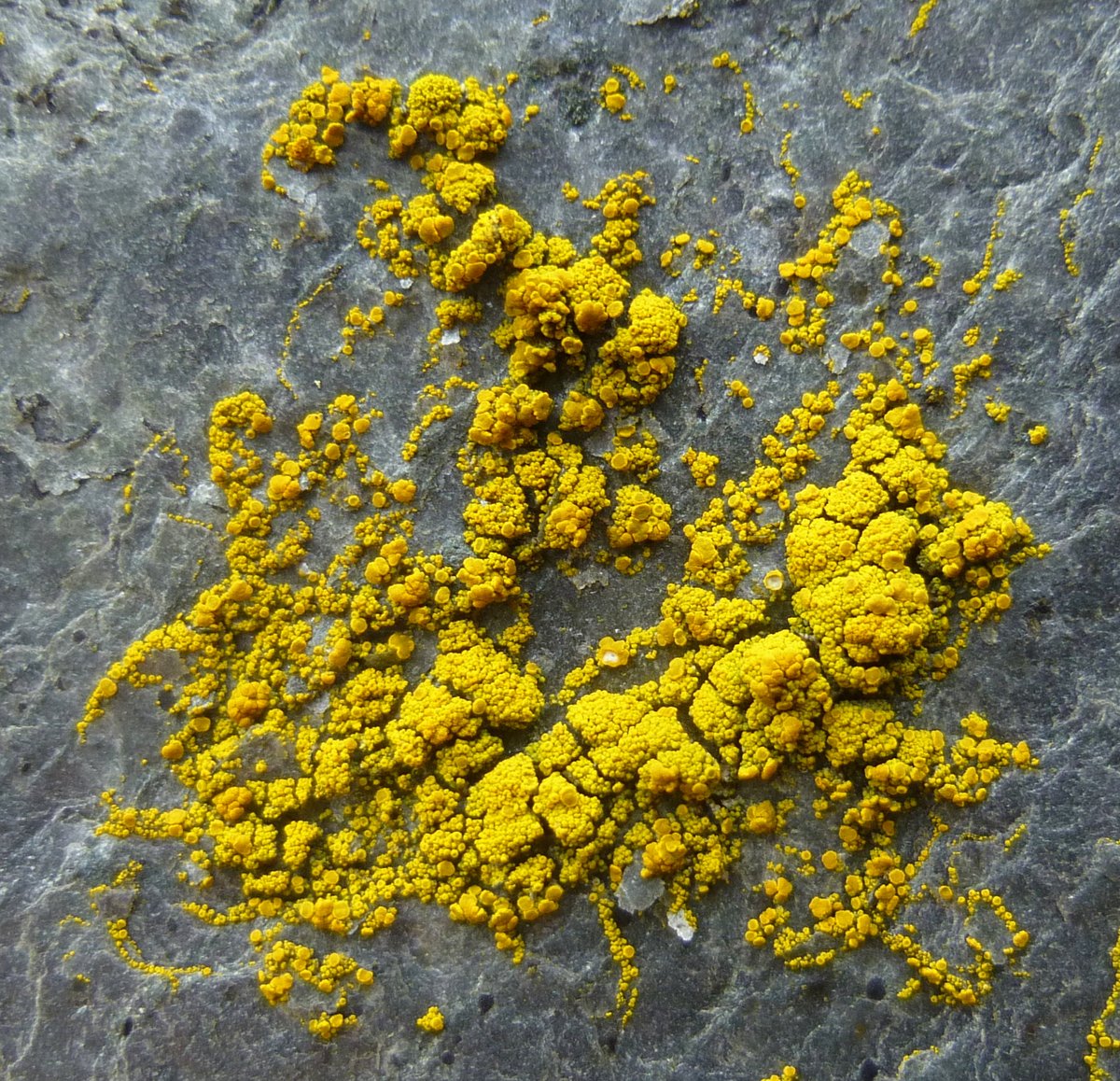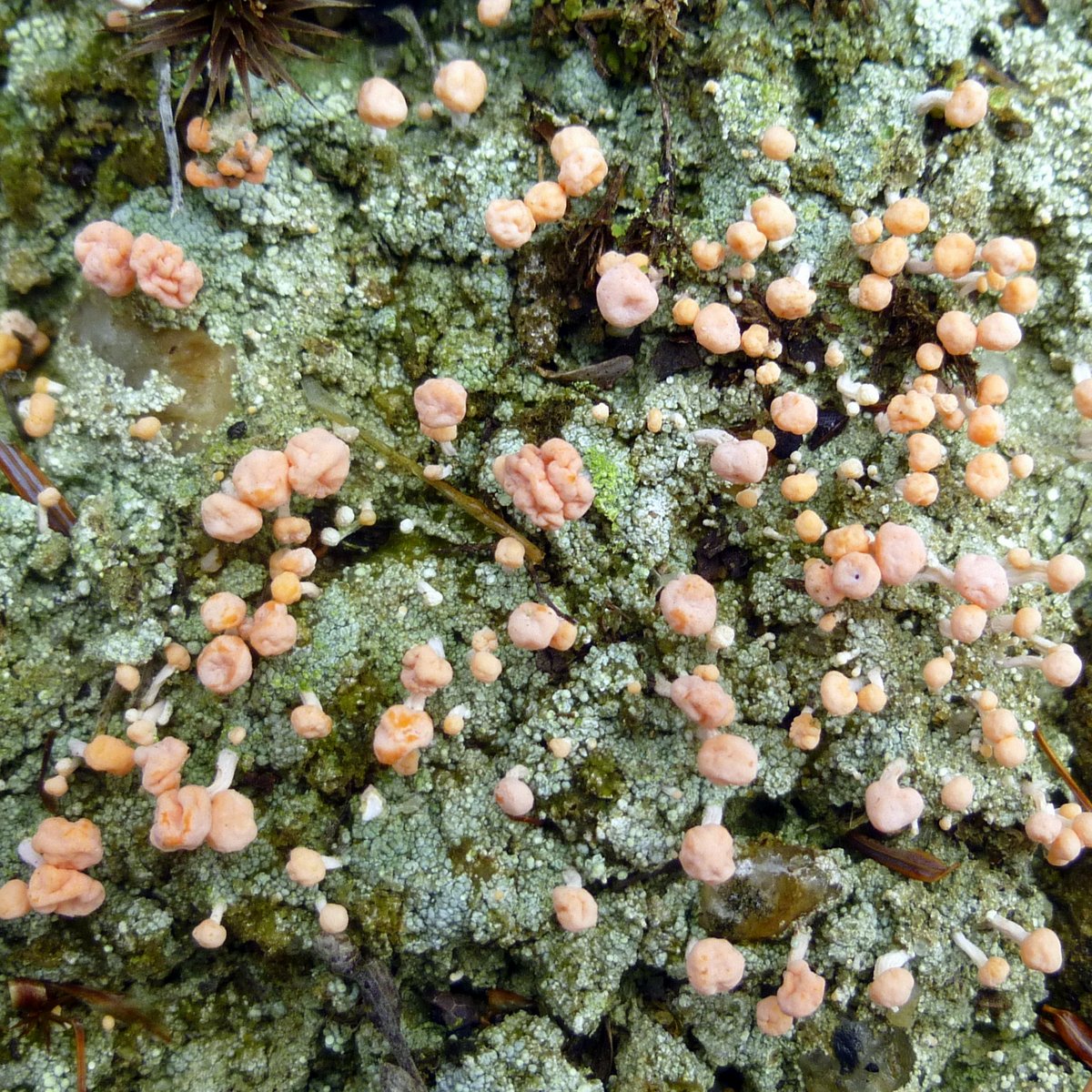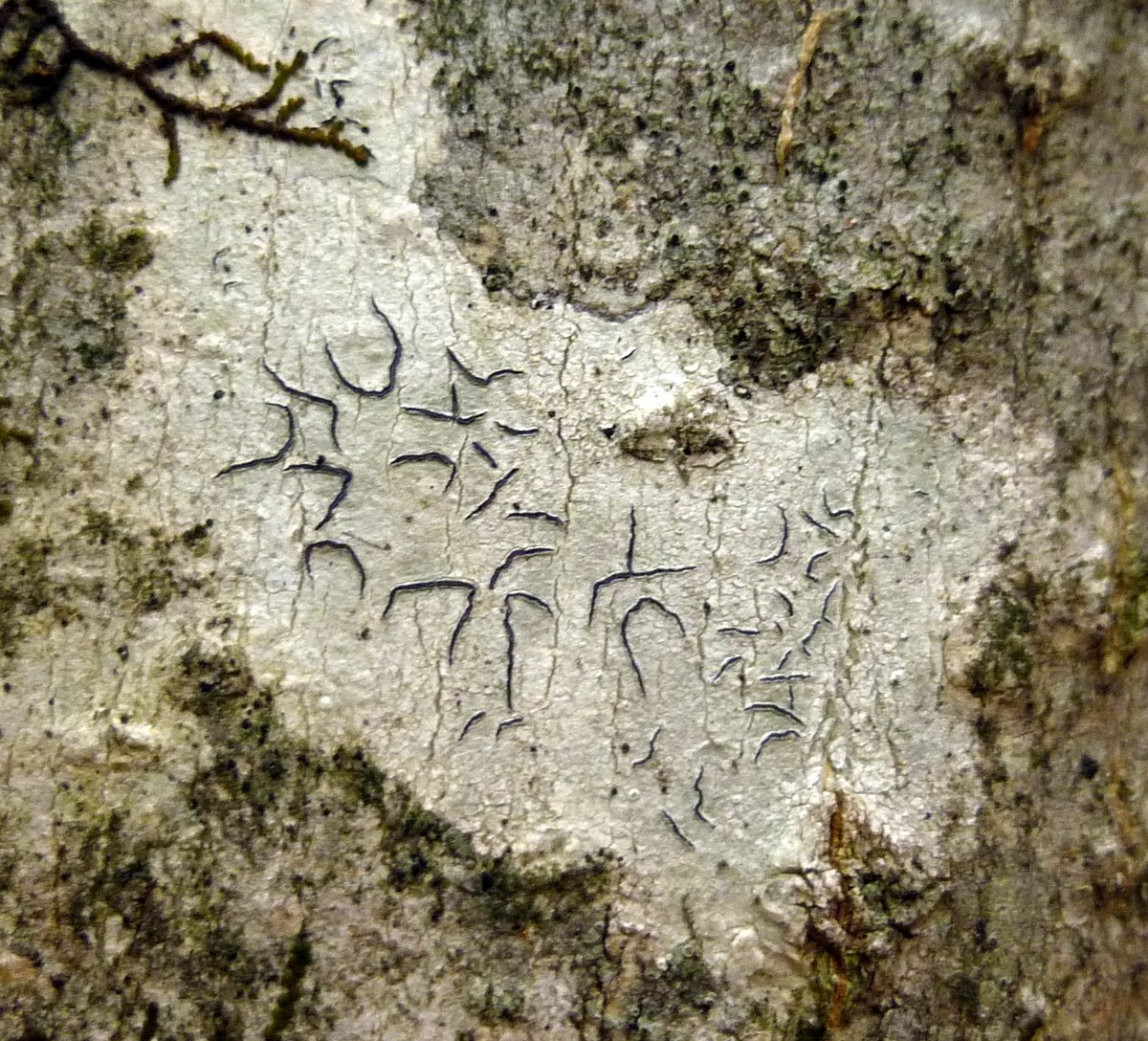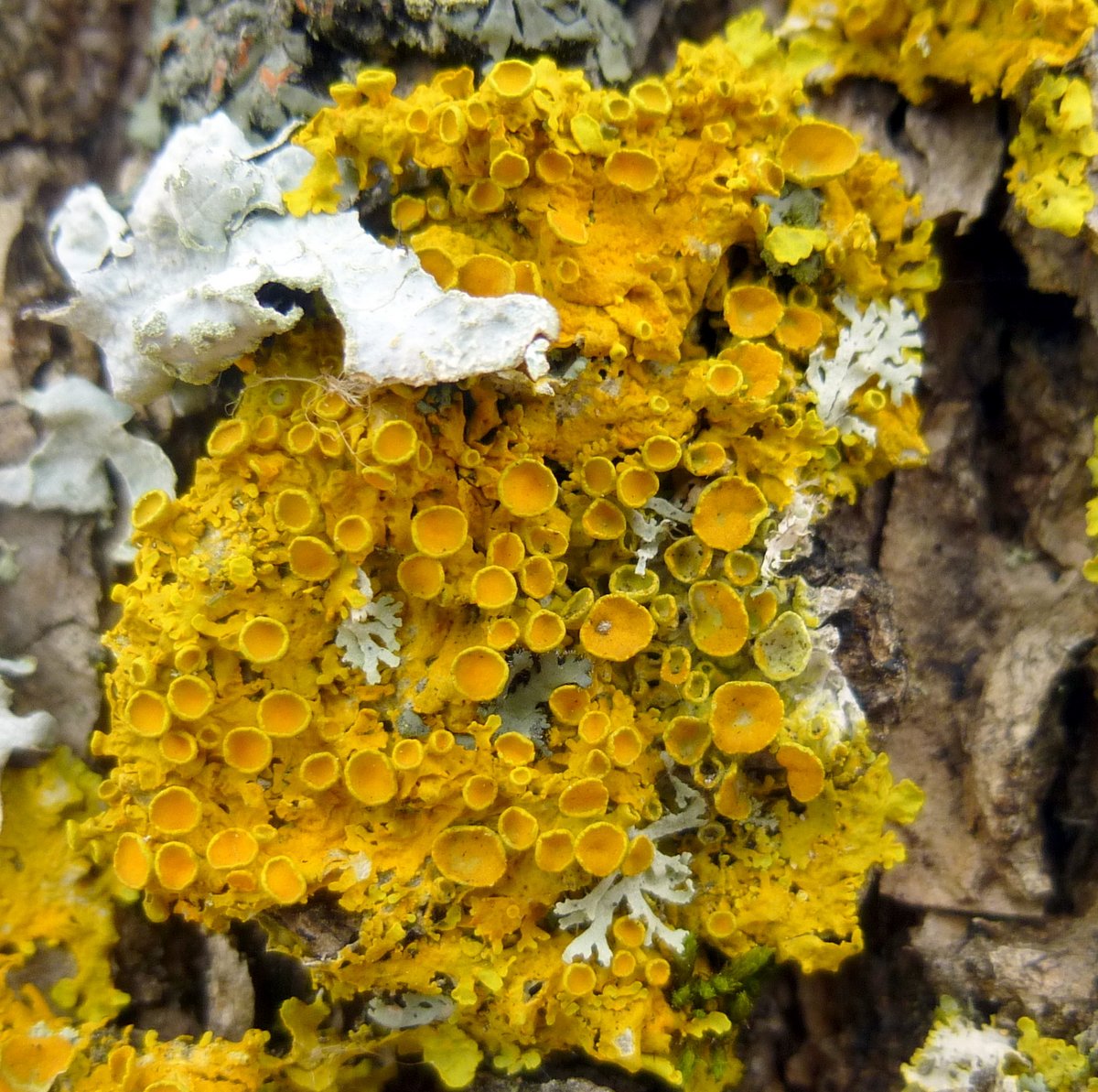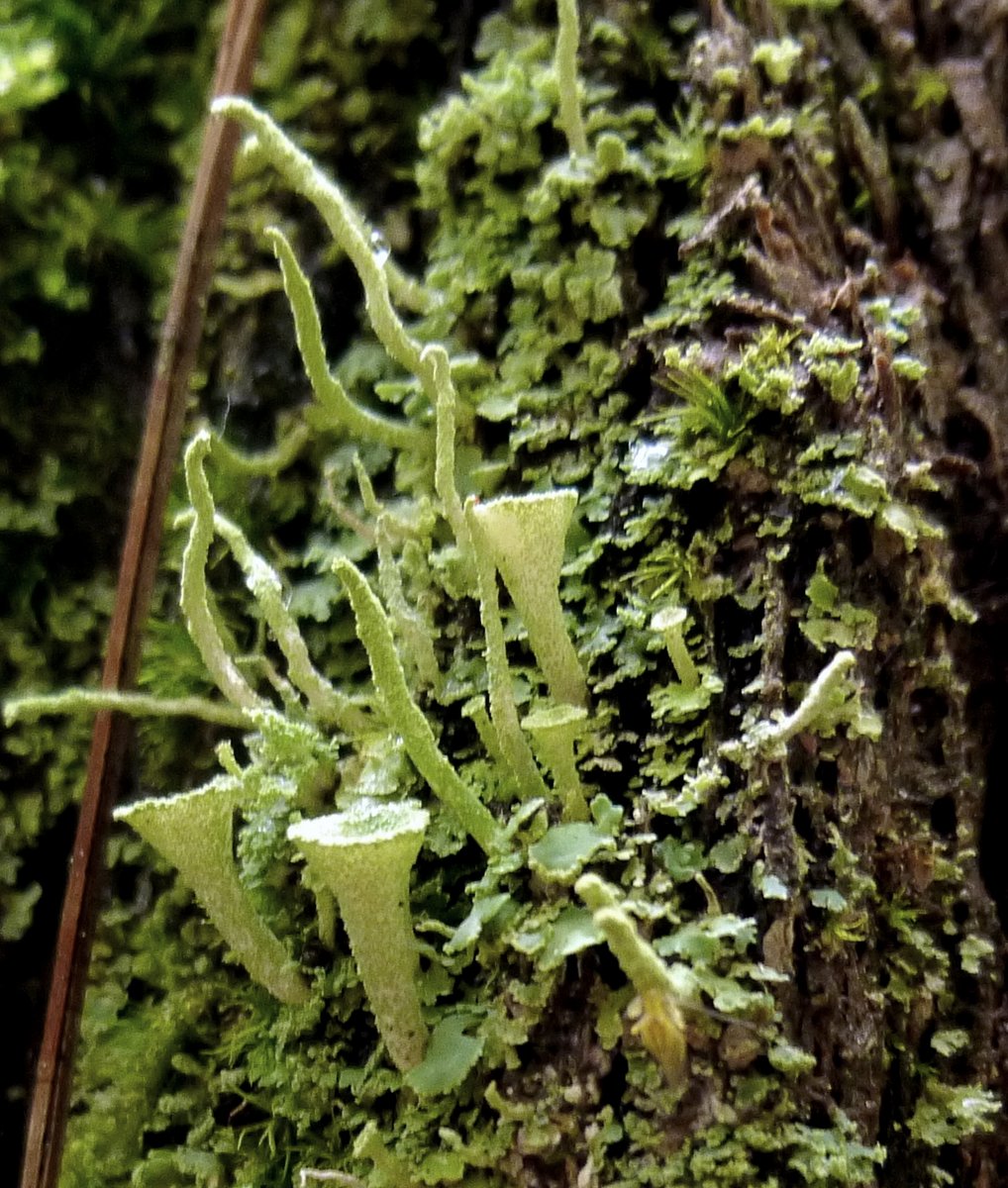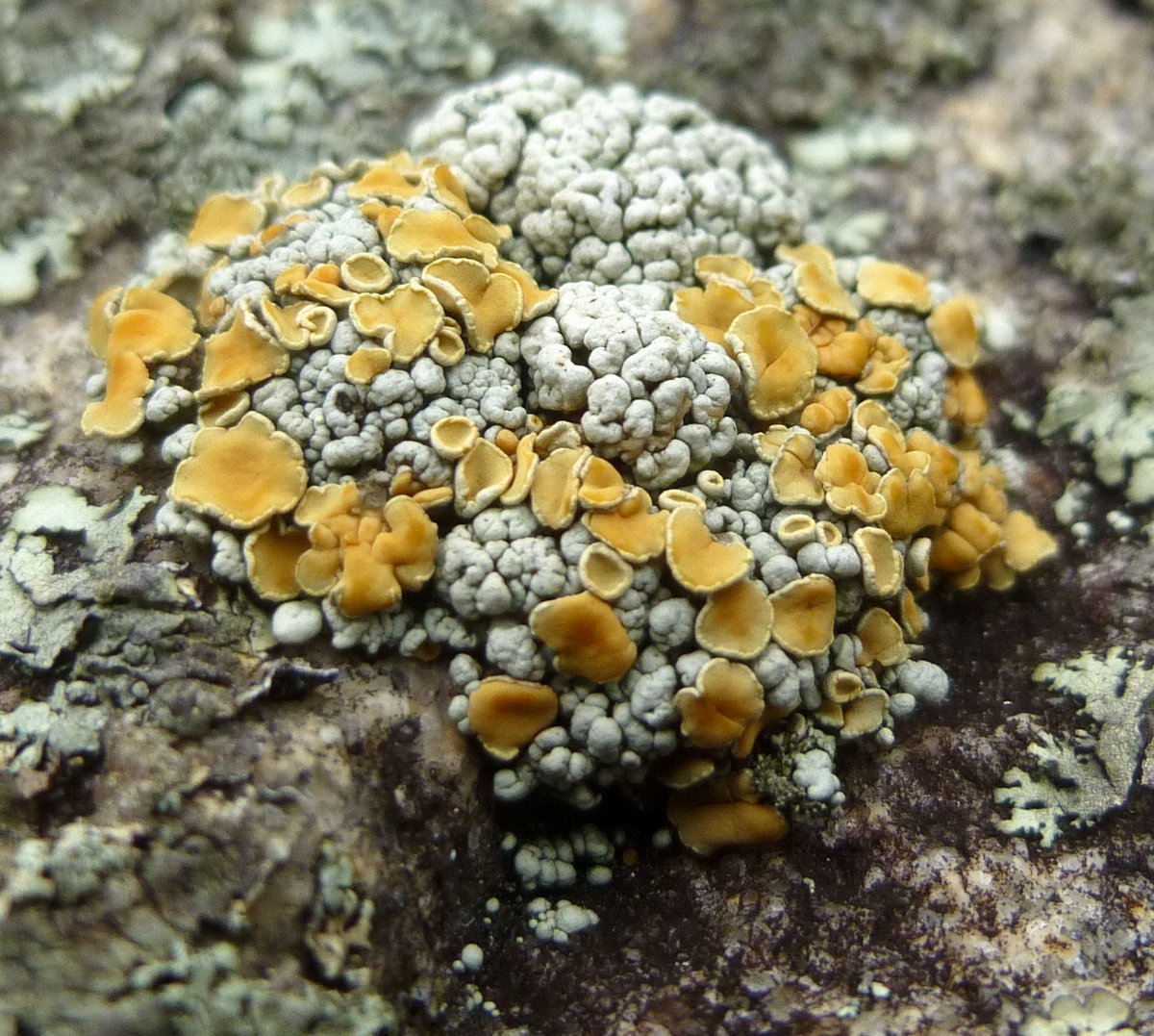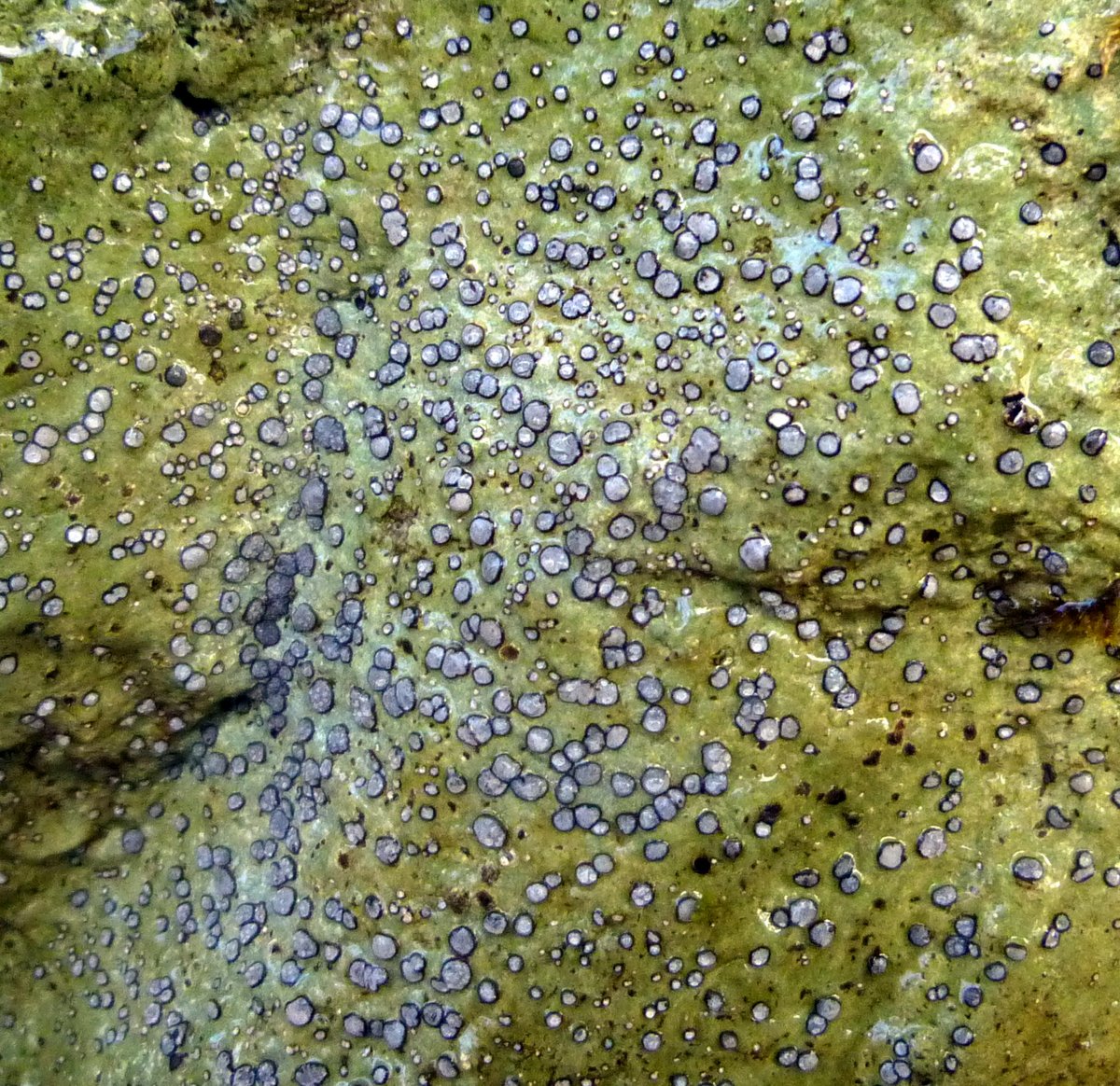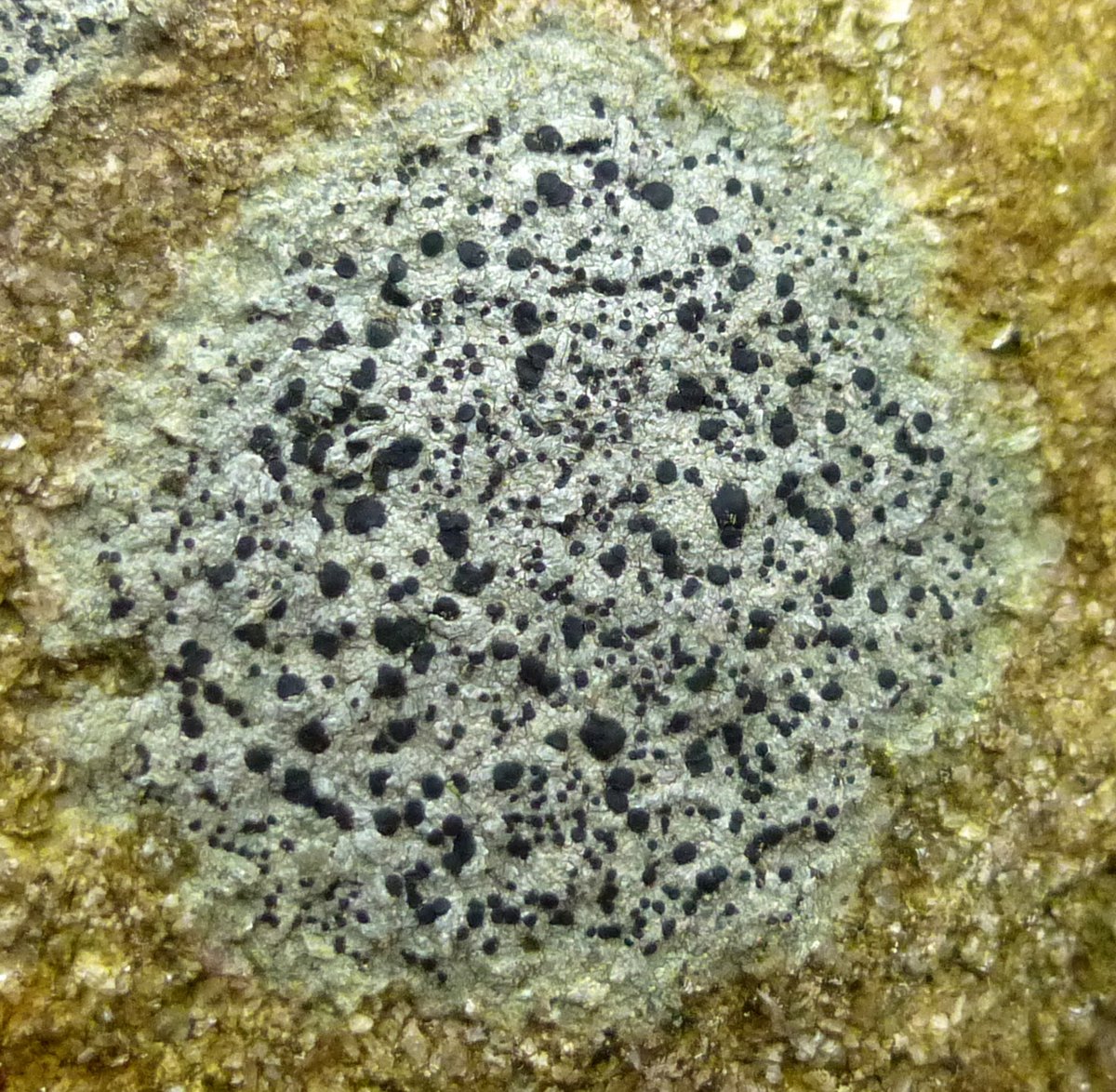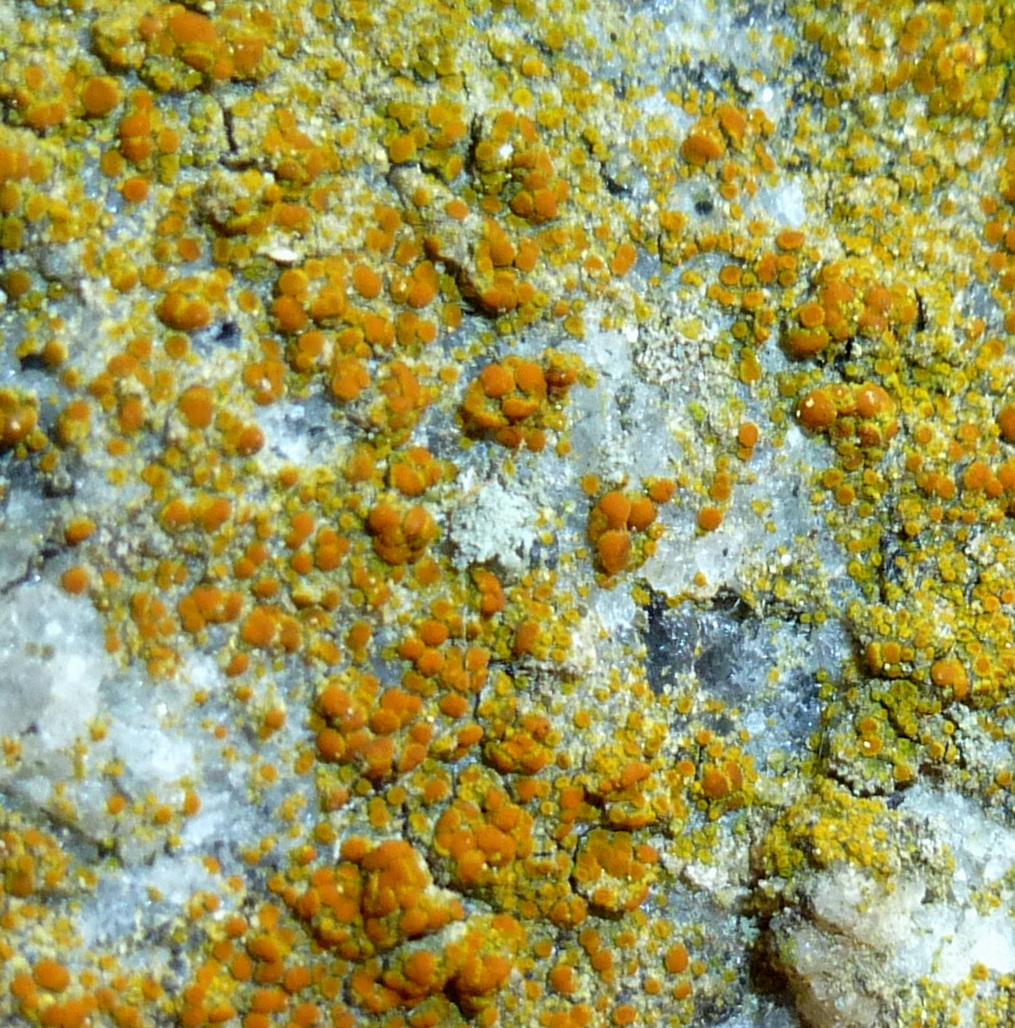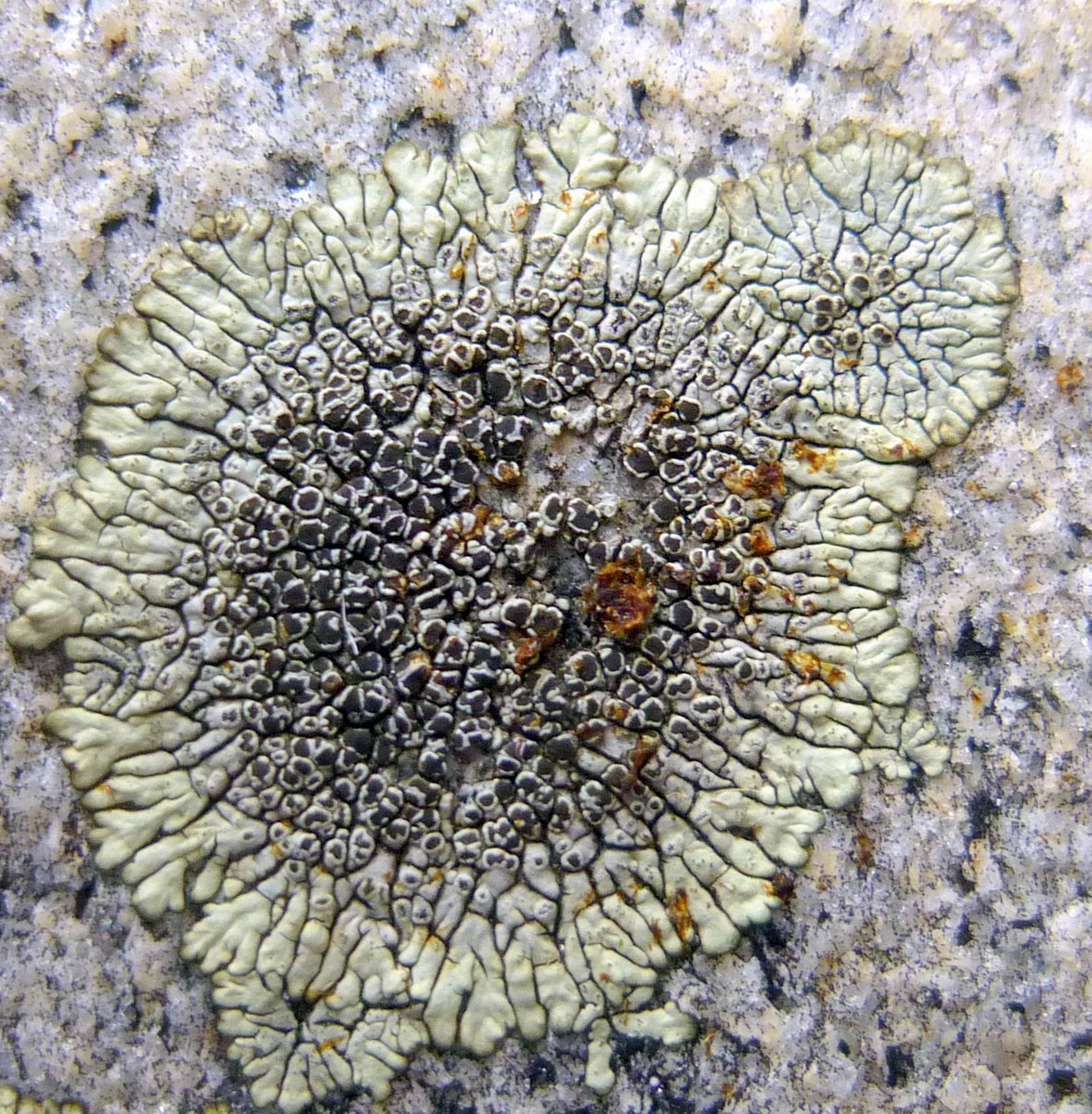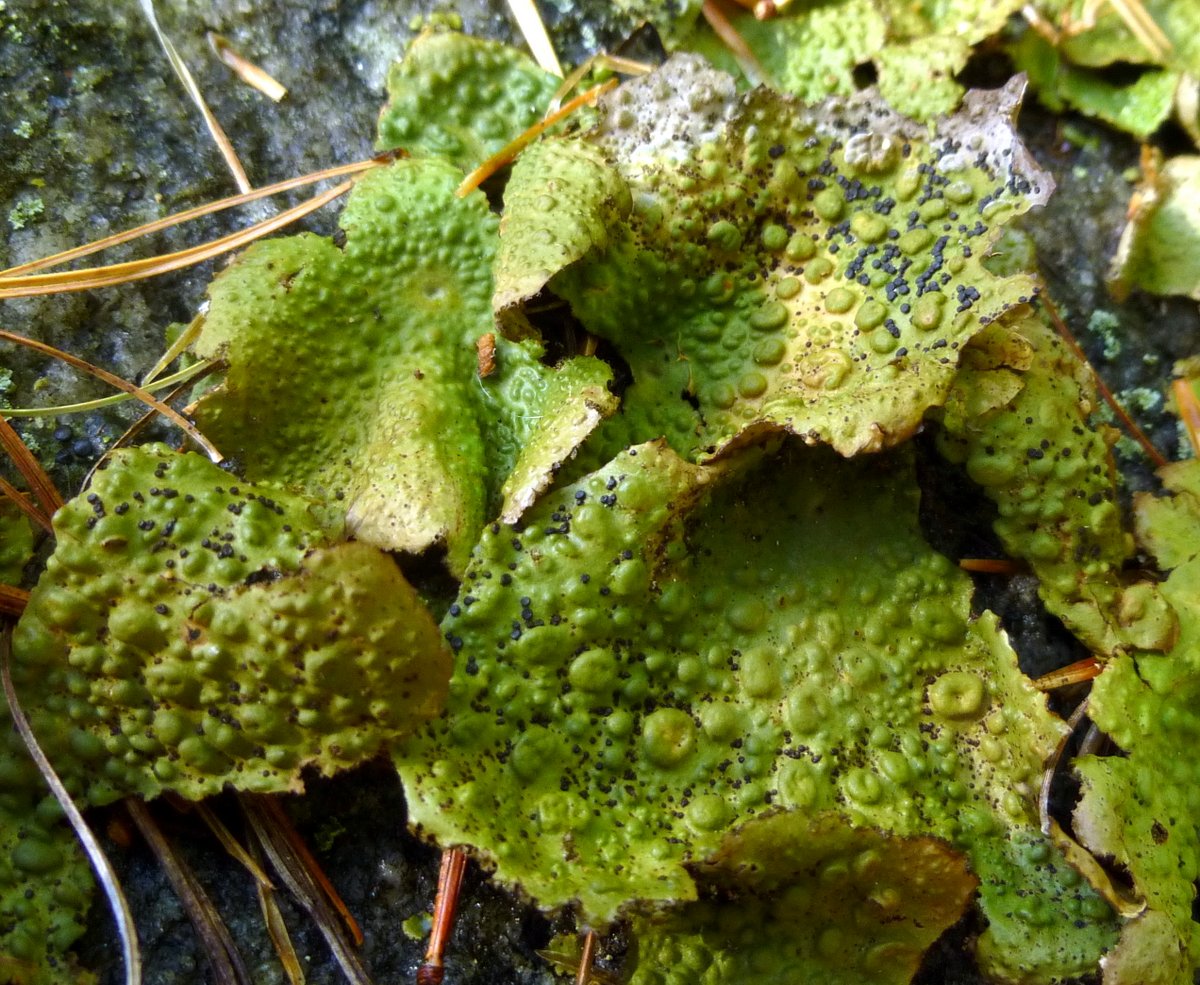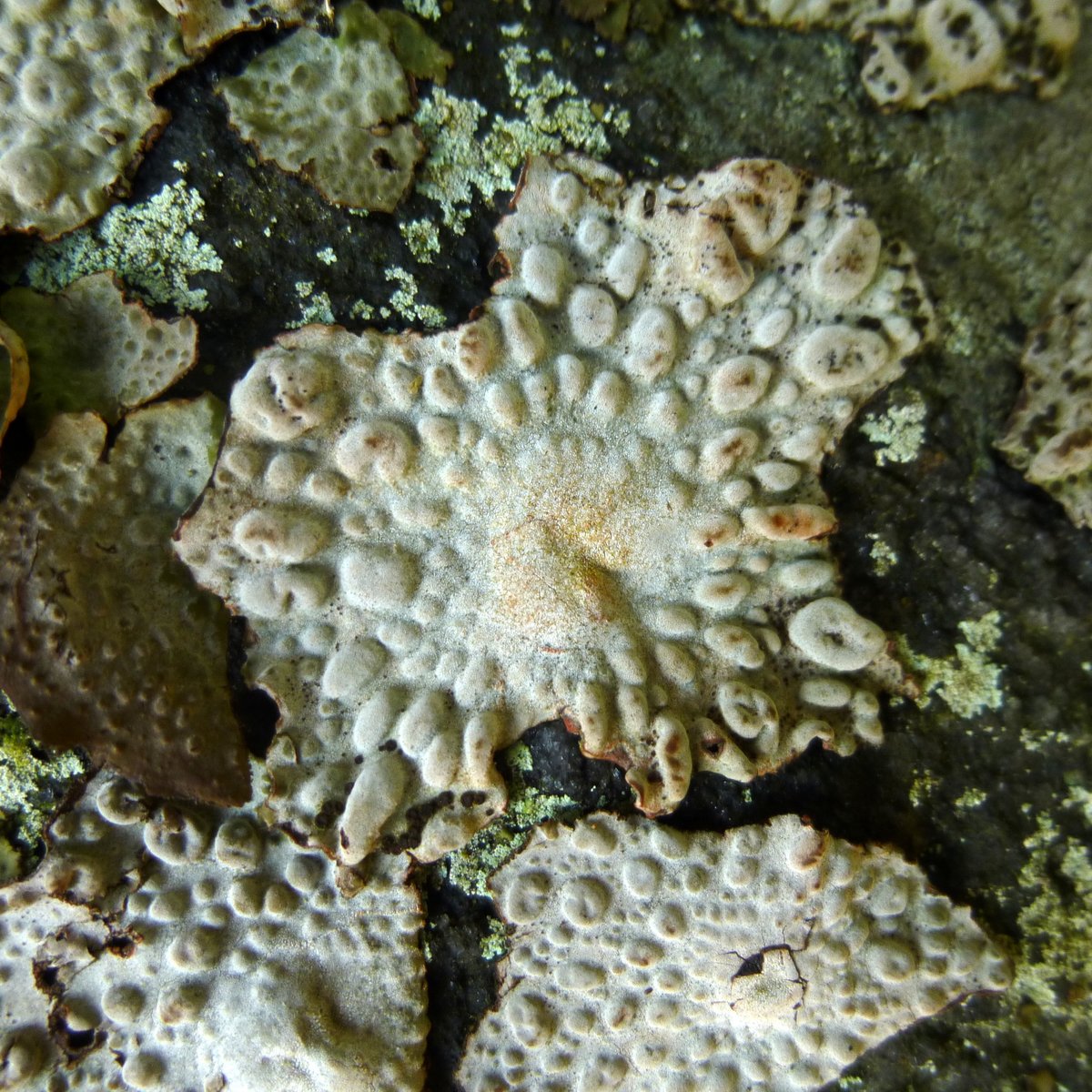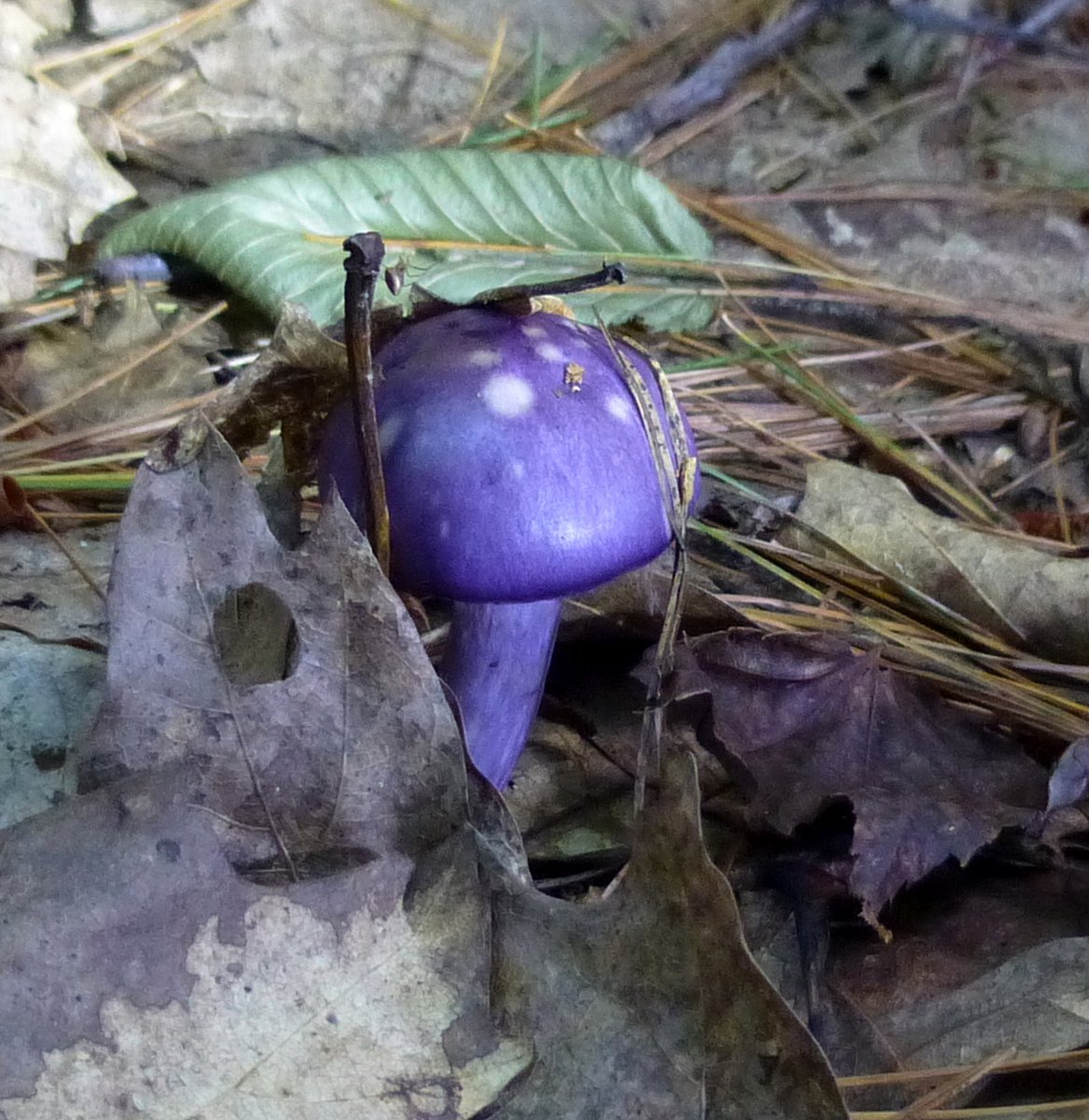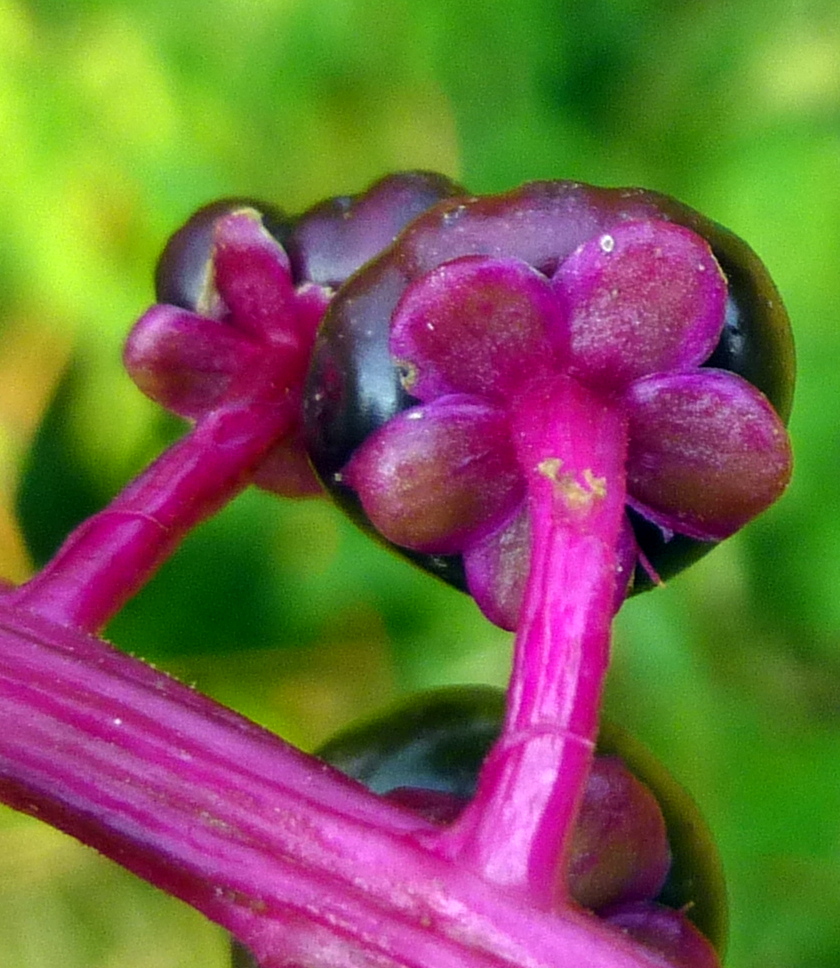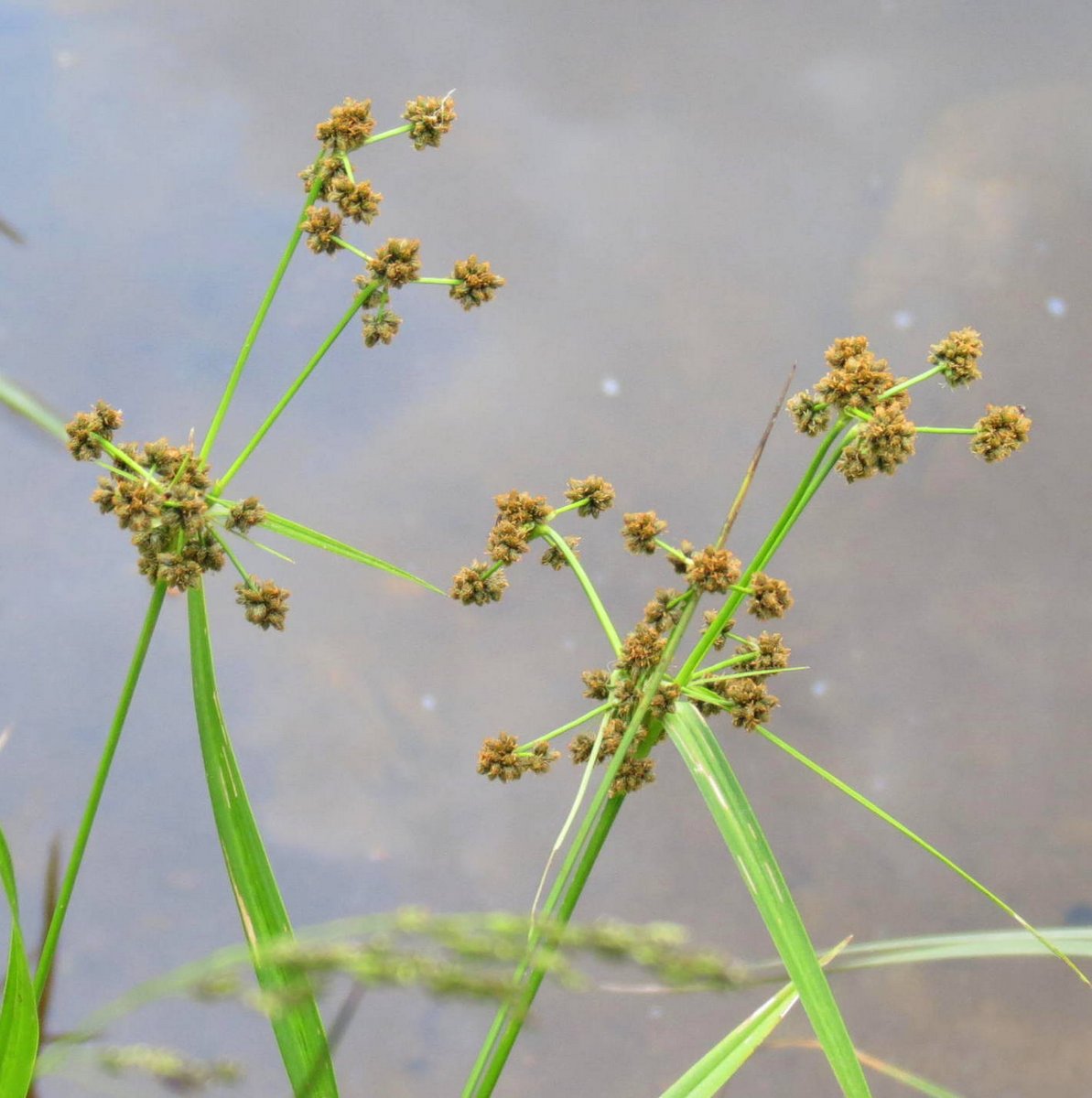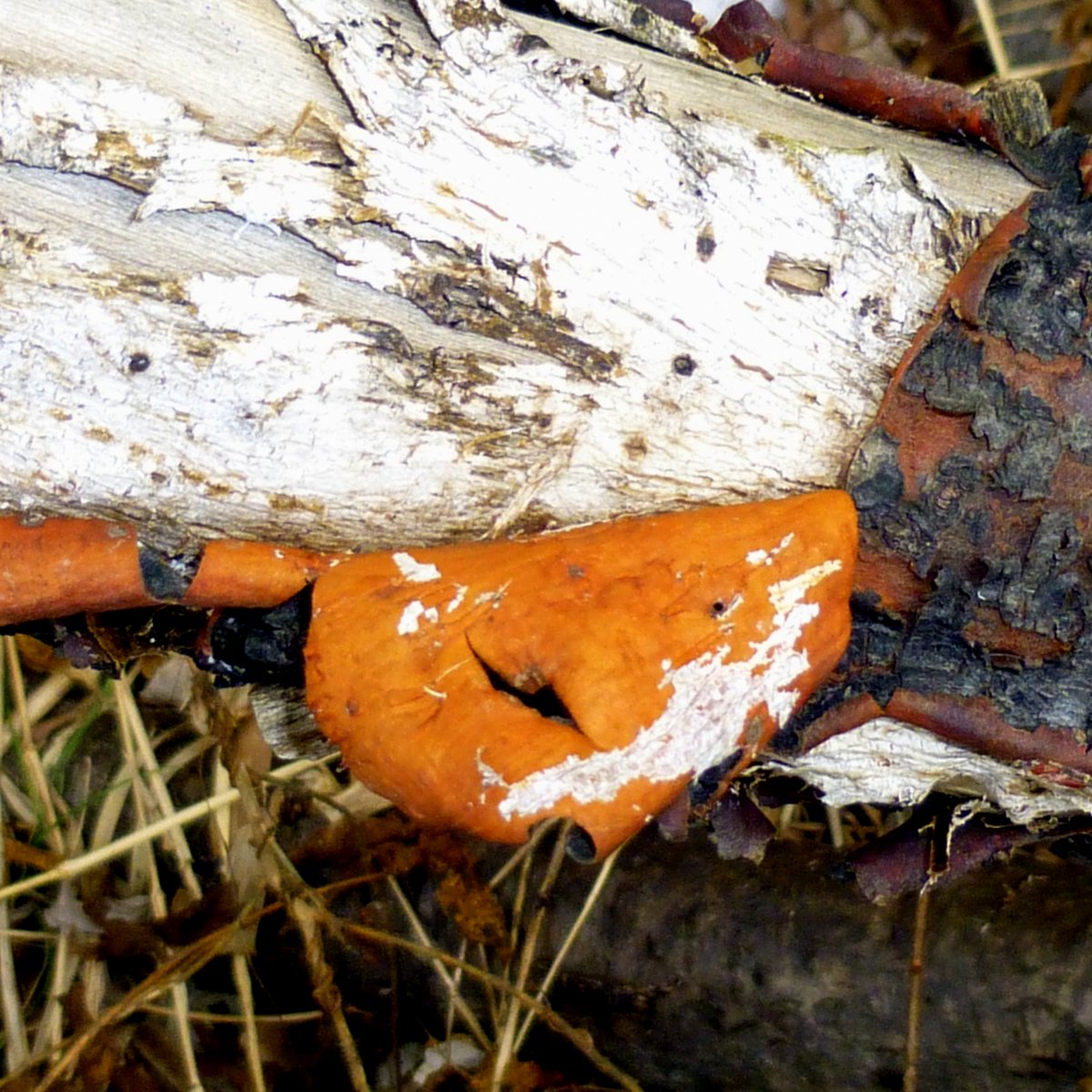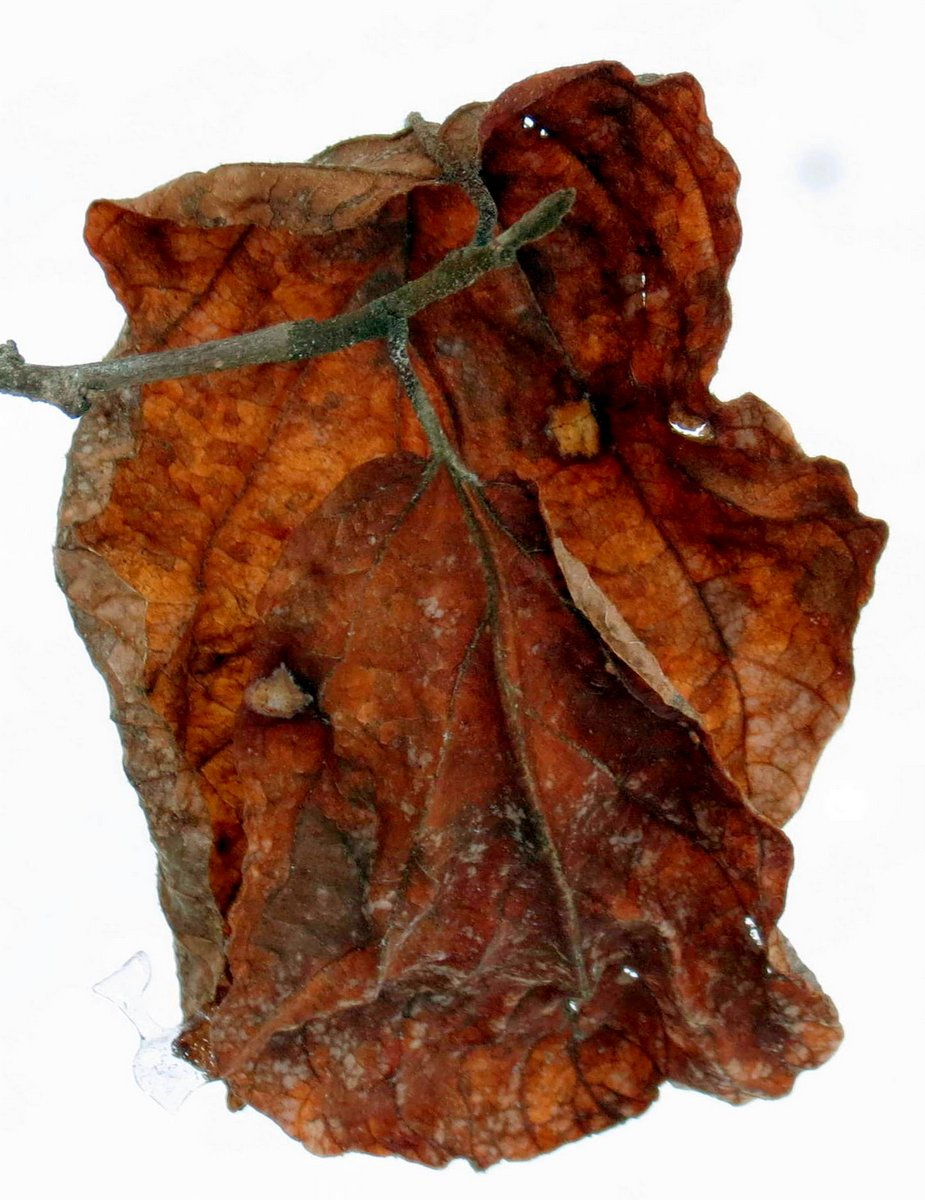
You might have read in the last post that I have bought a new camera. I had a couple of quick photos I took with it that I added to that post but I always like to put a camera through its paces and see what it can do before I start using it for day-to-day blogging, and that’s what this post is about. I was happy to see what it can do with window frost in microscope mode. This is one of the best shots of frost I’ve ever taken. I love seeing things like this that are right there in plain sight but are rarely seen. How something so flat can look so 3 dimensional I don’t know, but it was beautiful.

These frost crystals were on the mirror of a truck. I’ve never seen them grow curved like this. The detail was so fine It was as if they had been etched into the glass.

To think that something so beautiful could live on the mirror of a truck. It’s a good example of why I always try to be aware of my surroundings and look closely at whatever is near. You never know what you might see. Life life has put beauty in our path at every turn but if we don’t see it, we have only ourselves to blame. Because this was a mirror you can see the reflection of the camera lens behind the crystals in some of these shots. It’s a bit distracting but there wasn’t any way to hide or camouflage it.

Here was another curvy frost crystal on a mirror. They’re very beautiful but also delicate; one warm breath or a ray of sunlight and you’ve lost your subject.

This shot is of sunlight coming through a frozen jelly fungus, which is always a hard shot. I should have tried for better depth of field. If you ask it to, this camera will use photo stacking to improve depth of field, and I’ve heard that it is amazing. I’m going to have to try it.

This small icicle was full of bubbles and it was also smaller in diameter than a pencil. This camera really excels at macro photography and since that’s what I bought it for, that was what I was most interested in.

This is the midrib of a feather.

Here was the seedhead of a purple coneflower. Birds, I’d guess finches, had been eating the seeds and revealed the beautiful spirals hidden inside.

I saw a cocoon of some sort on an old door where I work. It was cottony and full of holes, and as big around as my finger and maybe an inch and a half long. I saw what looked like tiny flies on it. If you know what insect made it, I’d like to know.

Whatever they were they were too small to get a good shot of, even in microscope mode. I don’t know if they came from this cocoon or were just stuck in its wooliness. In any event they were no longer alive.

I’ve been trying to get this shot looking down a beech leaf off and on since last fall and the new camera pulled it off with ease, though the depth of field could have been better.

The last Olympus camera I had, the Stylus TG-870, wasn’t worth much when it came to landscapes, at least in my opinion, so I wanted to test its zoom capabilities. This oak leaf frozen in the ice was shot at full zoom in auto mode. I thought the camera did a fair job of it.

This shot of dry rot on a standing dead tree was shot in microscope mode from about 4 inches away. I was surprised because I thought you had to be closer to the subject to use microscope mode. This camera hs two macro modes and three microscope modes and you can get as close as 1 cm. The missing piece of wood was about as big as an average postage stamp and for microscope mode that’s huge, so I probably didn’t need to use it.

I found a tree full of lichens. This is where I would need microscope mode again.

My first choice was a beautiful star rosette lichen (Physcia stellaris.) It was maybe three quarters of an inch across. It was cold at about 20 degrees F. and this lichen was in the shade. Now that I see the photo it looks like there was frost on the apothecia.

I think this was the Eastern speckled shield lichen (Punctelia bolliana.) According to what I’ve read it grows on the bark of deciduous trees, has a bluish gray body with large brown apothecia, and has brown to black dots (pycnidia) on the surface of the body. I think this one checks all of those boxes.

I would call this color bright red but the Eastern speckled shield lichen’s description says the apothecia should be brown, and my color finding software sees rosy brown, so I can’t argue. What you see here averages about .08 to .12 inches across. I don’t think I’ve ever been able to get this close to a lichen and I don’t know of a DSLR lens that could.

This shot of a smoky eye boulder lichen is another example of what microscope mode will do. I never knew this lichen’s apothecia sat on top of the body (thallus) in that way. I’m going to have a lot of fun using this camera but I should take a little more time and use a tripod. I also want to try stacking in microscope mode. It will stack as many as 7 shots together for amazing depth of field.

These are the bracts that the flower petals come out of on a witch hazel. They are tiny little cups that I could barely see, but the camera found them. I hope to see petals on the spring blooming witch hazels soon.

This camera’s lens is an F 2.0, which is considered a “fast” lens. That means it has good light gathering capabilities due to a larger aperture, so I tested it one recent early morning at this stream. I’ve had to lighten the photo just a bit but at full zoom in what was barely dawn, it did fairly well for a point and shoot camera that is smaller than a 3 X 5 card. All in all so far, I’m really happy with it and I think I’m going to have a lot of fun with it. The fact that it will do landscapes is a pleasant surprise. In case you missed it in the last post, the camera is an Olympus TG-6. It is a field camera that many scientists use in the field because it is so tough. It is water, dust and shock resistant, heat and cold resistant, and it takes incredible photos, either on land or under water. If you’re interested in macro photography this is a relatively inexpensive camera that will take you anywhere you’d care to go.
The camera is an instrument that teaches people how to see without a camera. ~Dorothea Lange
Thanks for stopping in.
